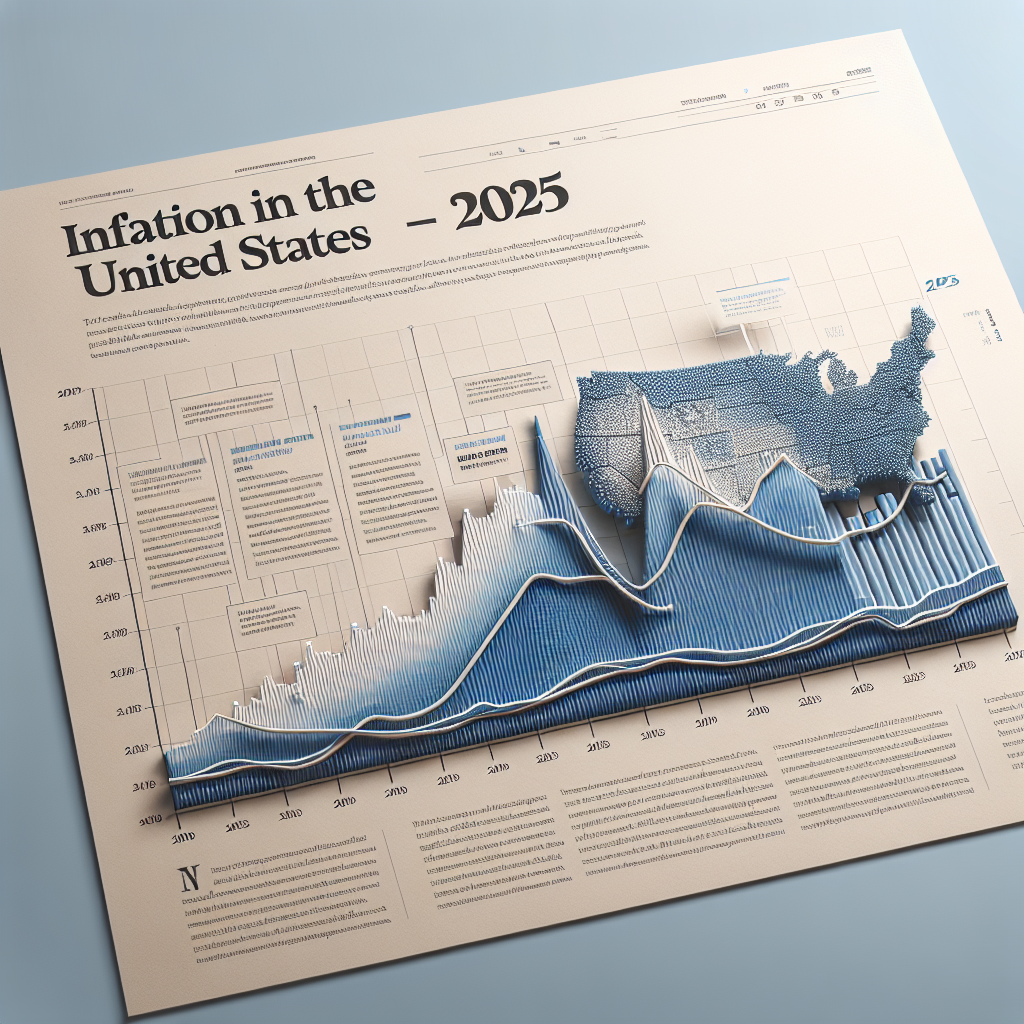Inflation in 2025: Trends, Insights, and What Lies Ahead
Introduction
As we progress through 2025, inflation in the United States has captured the attention of economists, investors, and consumers alike. With the Consumer Price Index (CPI) showing a decline to 2.4% as of March, down from 2.8% in February, it’s essential to unpack these trends and what they mean for our economy. This post synthesizes key findings from recent reports and offers actionable insights for navigating these economic waters.
Understanding inflation is critical not only for managing household budgets but also for making strategic investment decisions. The interplay between headline inflation and core inflation—where the latter excludes volatile food and energy prices—provides a clearer picture for consumers and businesses alike. Here, we will elaborate on the current state of inflation and the implications for various sectors and for investors.
Current Inflation Overview
The latest data from the Bureau of Labor Statistics (BLS) indicates a downward trend in inflation, which has become a crucial talking point among market analysts. While headline inflation is cooling, core inflation remains resilient at 2.8%, indicating that prices for essential goods are still placing significant pressures on consumers. As a result, it is imperative to closely monitor these divergent trends as they unfold.
While a decrease in the CPI might suggest relief for consumers in terms of consumer spending, persistent inflation in core goods puts a strain on daily expenses. It highlights the complex economic landscape where consumers might feel the opposite of relief despite improving headline figures.
Key Inflation Trends: A Deeper Dive
1. Declining Inflation Rates
With the CPI reporting a month-over-month decrease, we’ve seen a gradual easing of inflationary pressures. Nonetheless, the core inflation number suggests ongoing stability in prices for core goods. This disconnect might confuse policymakers and consumers, emphasizing the need for continuous monitoring and reporting.
!Inflation Rate Graph
Graph depicting monthly CPI trends
2. Sector-Specific Insights
- Food Inflation: As consumers feel the pinch from rising food prices, understanding the underlying causes becomes essential. Factors such as supply chain disruptions, climate change, and agricultural yields are largely responsible for these price rises.
- Energy Prices: Despite some stabilization, geopolitical tensions could lead to unexpected volatility in energy costs. Consumers and businesses must remain agile and plan for potential price swings that could impact operating expenses.
Investor Sentiment and Economic Forecasts
Despite the cautious decline in overall inflation, investor sentiment is leaning towards optimism. With forecasts from the European Central Bank suggesting potential inflation slowdown to 2.3% by year-end, emerging opportunities across various sectors like technology and healthcare are garnering interest. These sectors generally prosper in a stable inflationary environment and could offer robust investment avenues.
Meanwhile, the stock market may react positively in anticipation of a more favorable economic climate. Investors should keep a watchful eye on interest rates, as these will influence potential returns on investments. Awareness of inflation trends will be a key factor in determining their financial strategies for 2025 and beyond.
Conclusion
While 2025 presents unique opportunities for economic growth and investment, staying informed about inflation trends is crucial. As we continue to monitor these developments, businesses and consumers alike must adapt and strategize to navigate this evolving landscape. A proactive approach can mitigate risks and help capitalize on the opportunities presented by changing inflation rates.
In summary, being informed is not just advantageous; it’s essential in a fluctuating economic environment. We encourage readers to continuously educate themselves on financial topics and engage with reliable sources for the latest updates.
Call to Action
Stay updated with our insights and analyses to make informed decisions during these dynamic times! Subscribe to our newsletter or follow us on social media for the latest economic news and financial strategies.
Social Media Updates
Twitter
🚨 Inflation Update! As of March 2025, CPI has dropped to 2.4%, down from 2.8%. While consumer prices stabilize, core inflation remains steady at 2.8%. How will this impact your spending? #USInflation2025 #EconomicTrends
LinkedIn
📊 Inflation Insights for 2025: The latest CPI reports show a decline to 2.4%, signaling potential opportunities in equity markets. Dive into our comprehensive blog to learn how these trends could shape investment strategies. [Link to Blog Post]
Instagram
🔥📈 Inflation in 2025 is on everyone’s radar! With the CPI down to 2.4% but core inflation holding at 2.8%, what does this mean for our wallets? Check out our latest blog for all the details! [📸 Infographic of Inflation Trends]
Infographic Example:
A vibrant infographic illustrating the relationship between core inflation and overall CPI trends, complete with sector-specific impacts and predictions.
